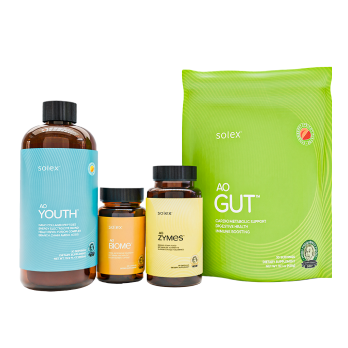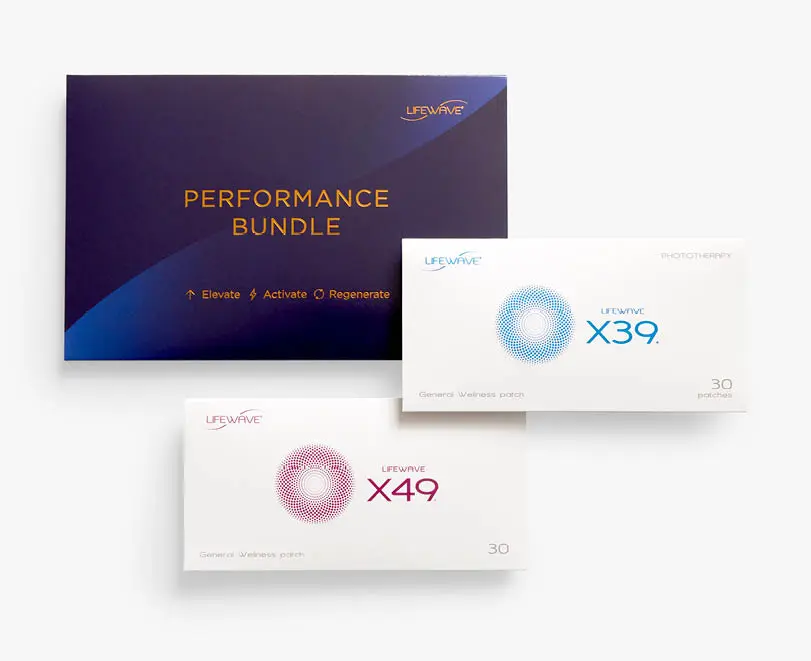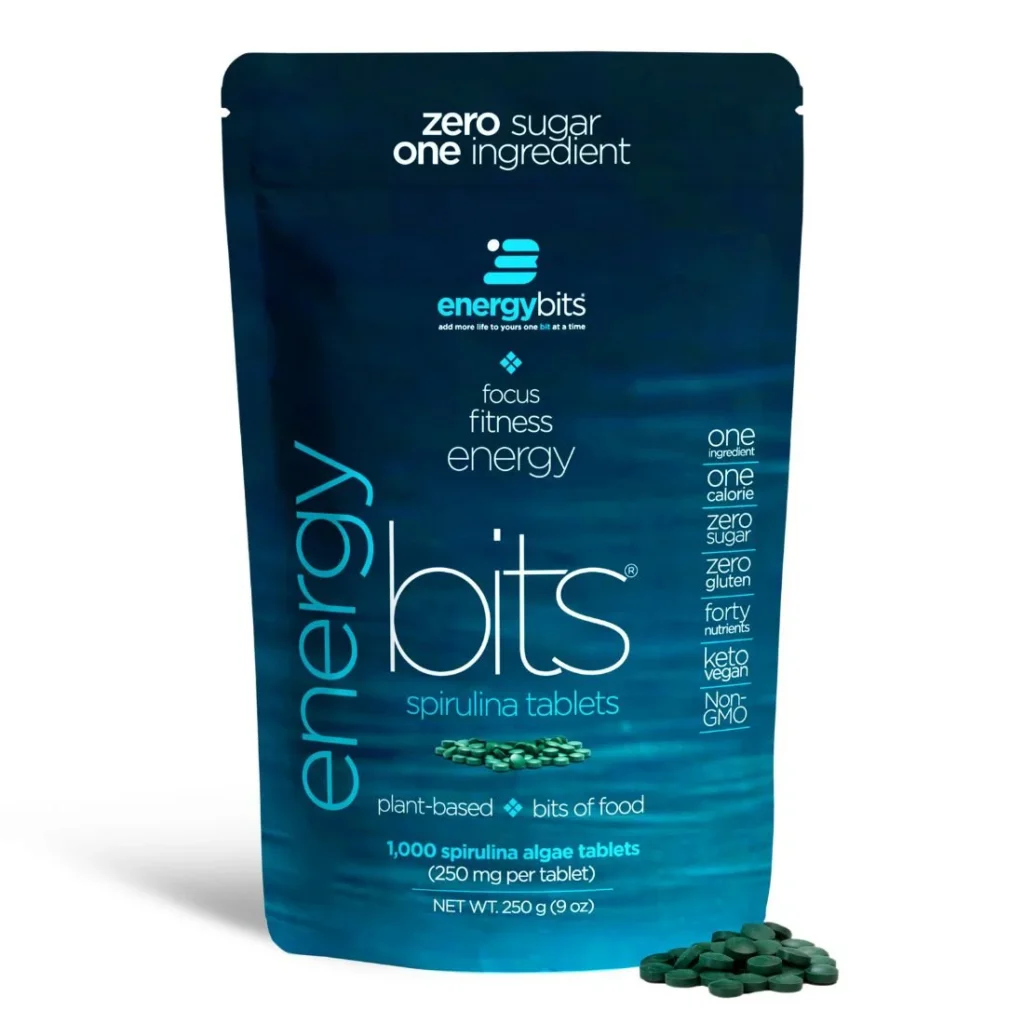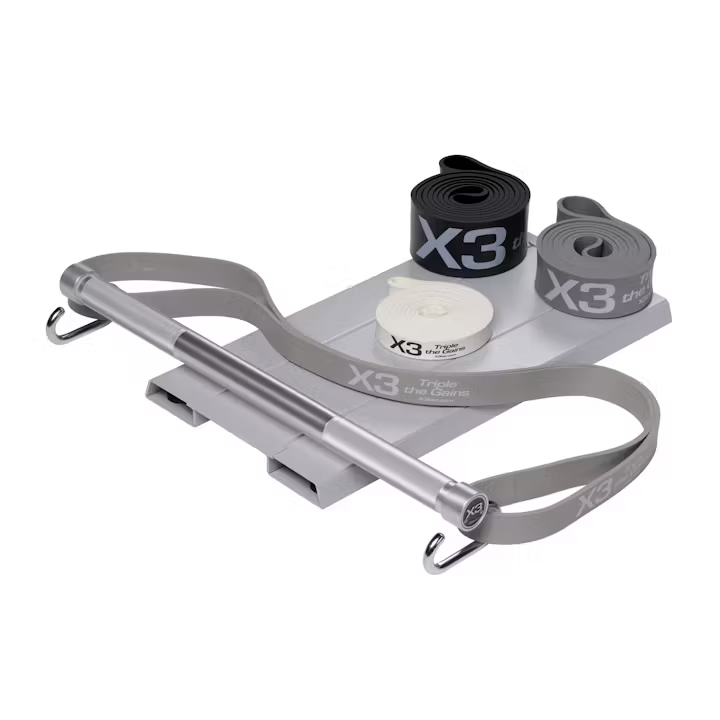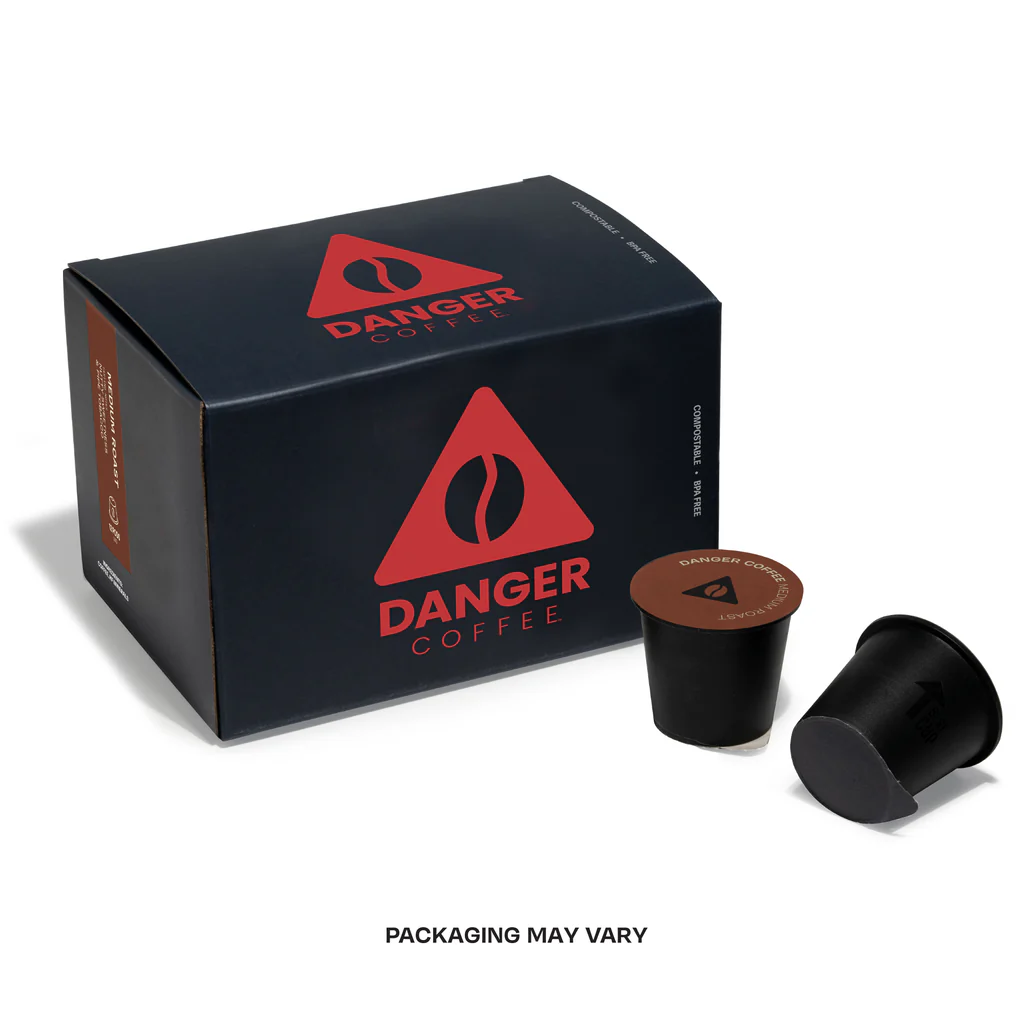Introduction
Traumatic memories often linger as emotional baggage, impacting relationships, focus, and joy. While professional EMDR (Eye Movement Desensitization and Reprocessing) therapy is gold-standard, you can ease mild to moderate distress at home with the Butterfly Hug—a self-administered technique used by disaster responders and trauma survivors worldwide.
This simple, method helps reprocess memories, soften their emotional charge, and reclaim mental peace. Here’s how to practice it safely and effectively.
Why the Butterfly Hug Works (The Science Simplified)
EMDR uses bilateral stimulation (side-to-side eye movements or taps) to help the brain reprocess unresolved memories. The Butterfly Hug mimics this by:
- Activating both brain hemispheres: Tapping alternate shoulders engages cross-body communication, aiding memory integration.
- Reducing amygdala hijack: Calms the brain’s fear center, lowering fight-or-flight responses.
- Creating distance: Softens the emotional intensity tied to traumatic memories.
Step-by-Step Guide to the Butterfly Hug Technique
1. Prepare Your Space
- When: Choose a calm time when you won’t be interrupted.
- Where: Sit comfortably in a quiet room.
- Duration: Start with 5–10 minutes.
2. The Butterfly Hug Process
- Cross your arms over your chest, hands resting on upper arms.
- Alternate taps: Gently tap your left shoulder, then right, rhythmically (like a butterfly’s wings).
- Focus on a memory: Recall the event briefly—note the emotion (fear, anger) and body sensation (chest tightness, nausea).
- Continue tapping until the intensity drops by 50–70% (usually 2–5 minutes).
- Pause and breathe: Take deep belly breaths to ground yourself.
Pro Tips:
- Start with a mildly distressing memory, not your worst trauma.
- Pair taps with a calming phrase: “I’m safe now” or “This is in the past.”
Stop if overwhelmed—hydration and fresh air can reset your nervous system.
5 Benefits of the Butterfly Hug
- Immediate Relief: Reduces acute stress or panic in minutes.
- No Tools Needed: Use anywhere—home, office, or post-trigger.
- Empowerment: Restores a sense of control over your emotions.
- Improved Sleep: Lowers hyperarousal that disrupts rest.
Complements Therapy: Enhances progress between sessions.
When to Seek Professional Help
While the Butterfly Hug is powerful for mild trauma, consider expert care if you:
- Experience flashbacks or nightmares
- Avoid daily activities due to triggers
- Feel detached from reality (dissociation)
For deeper healing, explore trauma-informed resources or consult a licensed EMDR therapist.
Conclusion
Trauma doesn’t have to be a life sentence.
The Butterfly Hug offers a gentle, accessible way to process emotional baggage and reclaim your mental space.
By pairing rhythmic tapping with mindful focus, you’ll disrupt old neural pathways and build resilience—one tap at a time.
Ready to Dive Deeper? Explore curated mental wellness tools for advanced emotional healing.
FAQs
Q: Is the Butterfly Hug safe for everyone?
A: Avoid for severe PTSD, dissociation, or active psychosis. Consult a therapist first if you have complex trauma.
Q: How often should I practice this?
A: 1–3x weekly for mild distress. Chronic cases need professional guidance.
Q: What if the memory feels “stuck”?
A: Shift focus to a positive image (e.g., a safe place) while tapping, then revisit the memory later.





